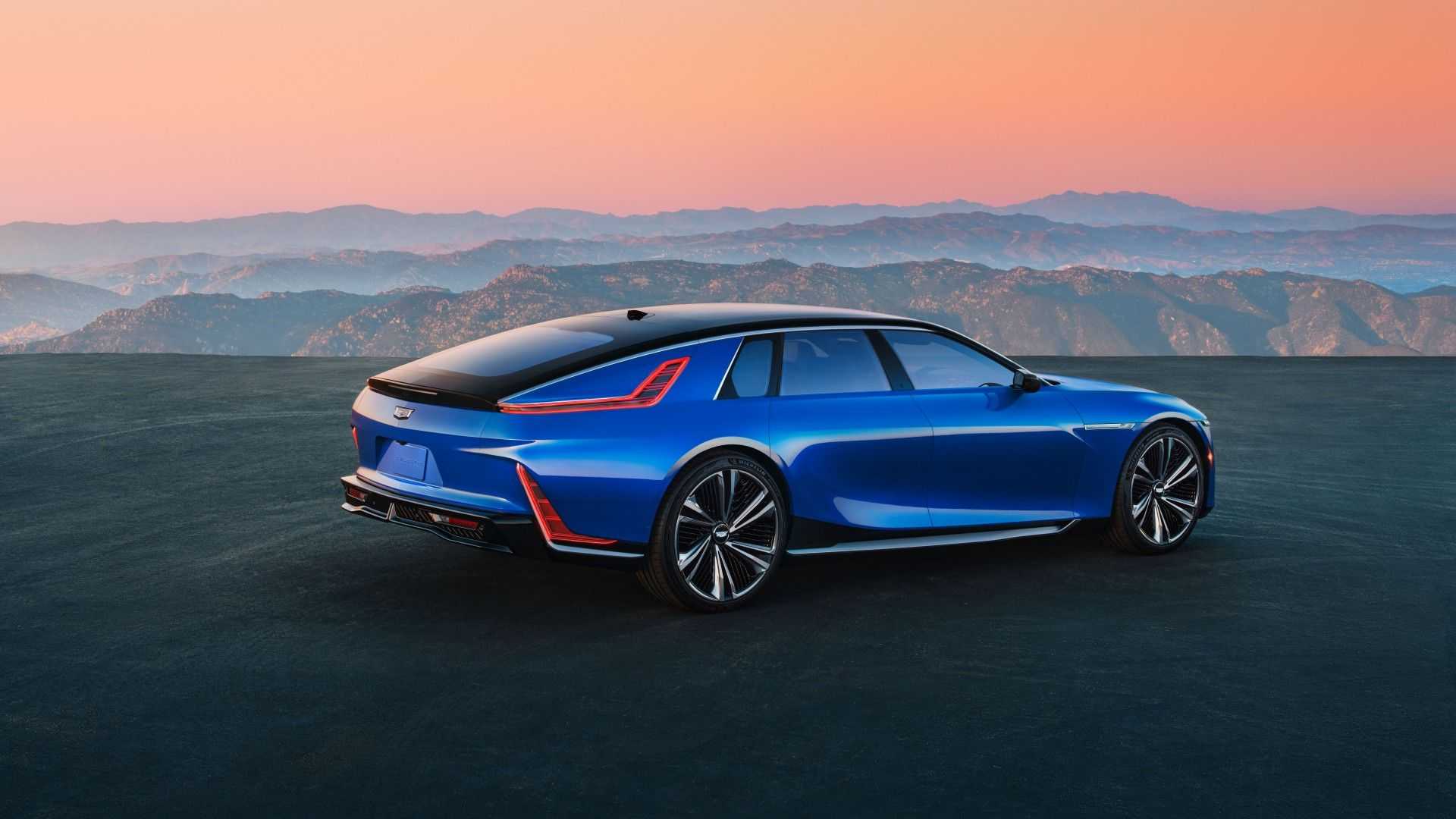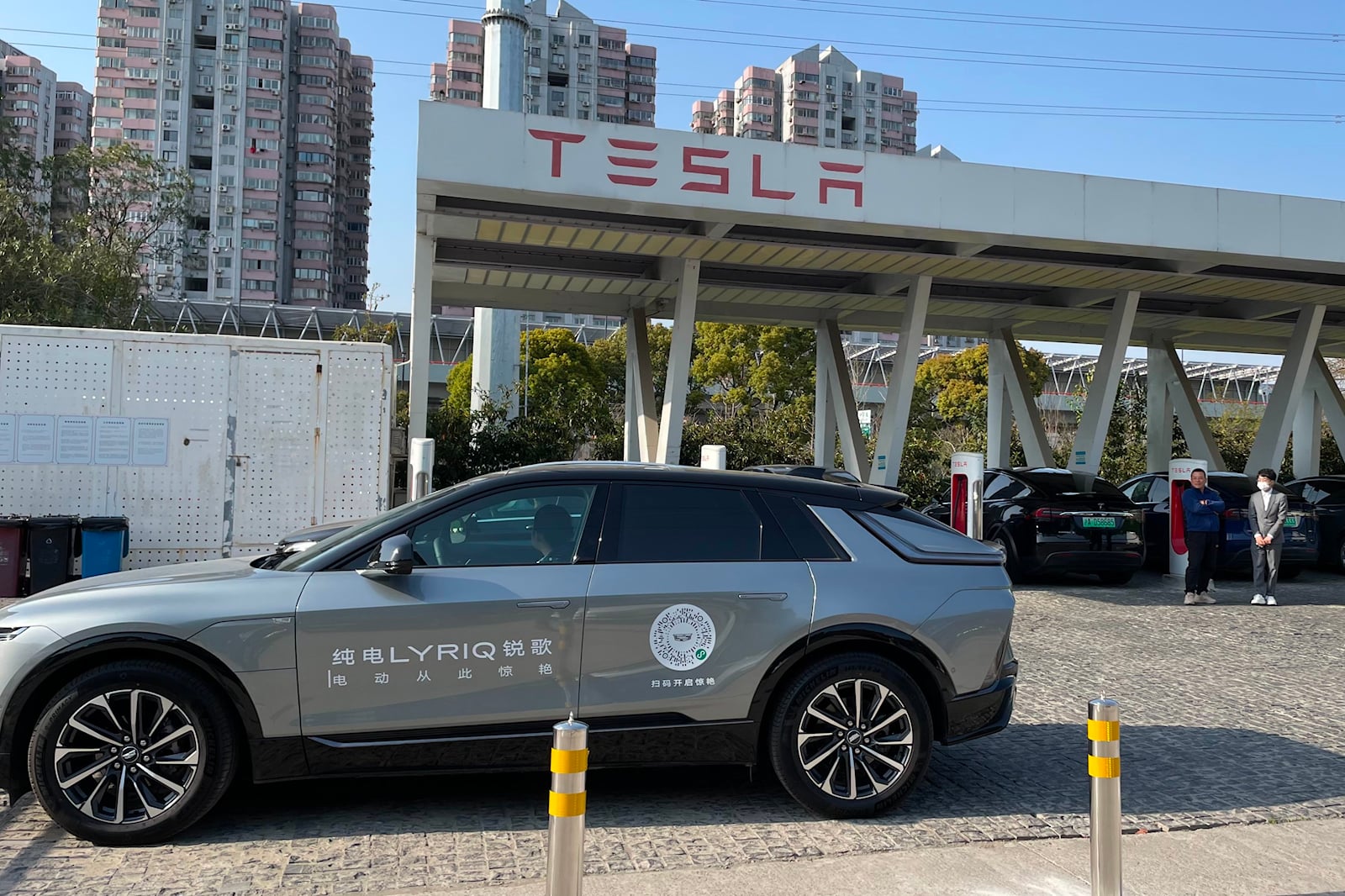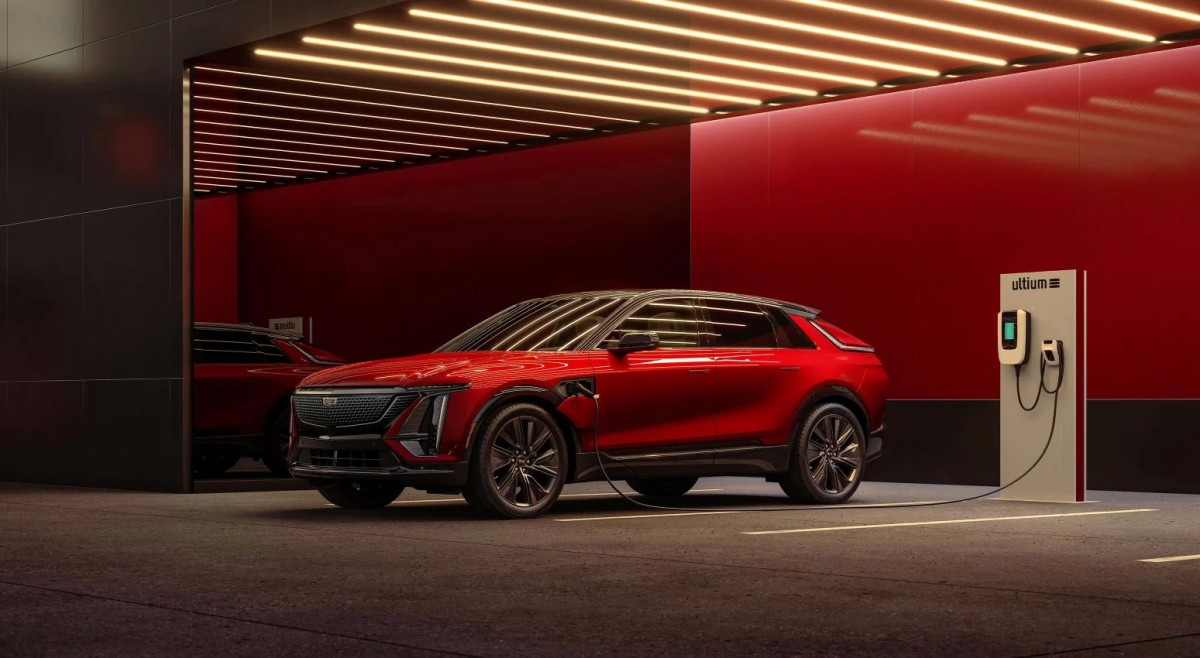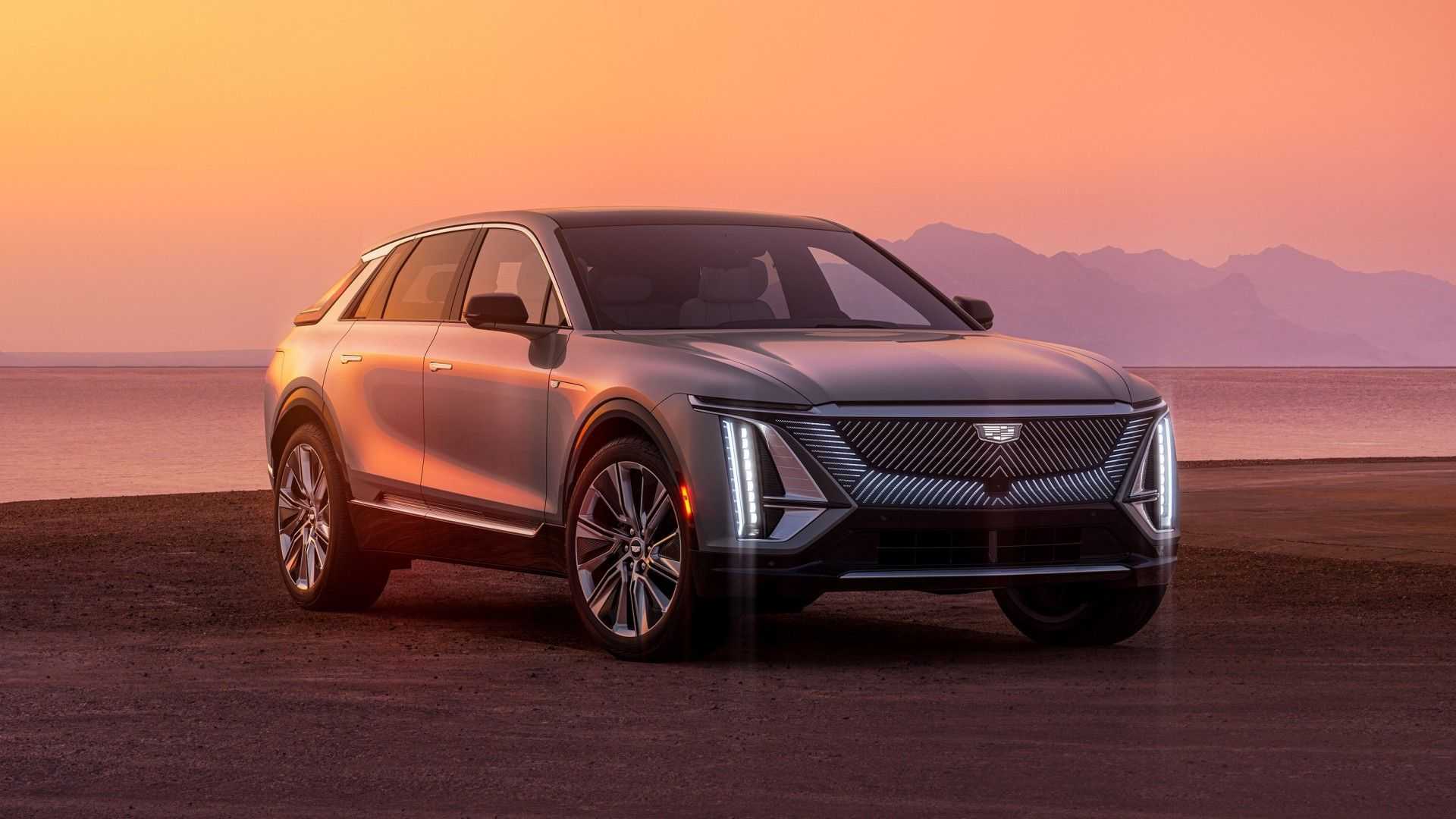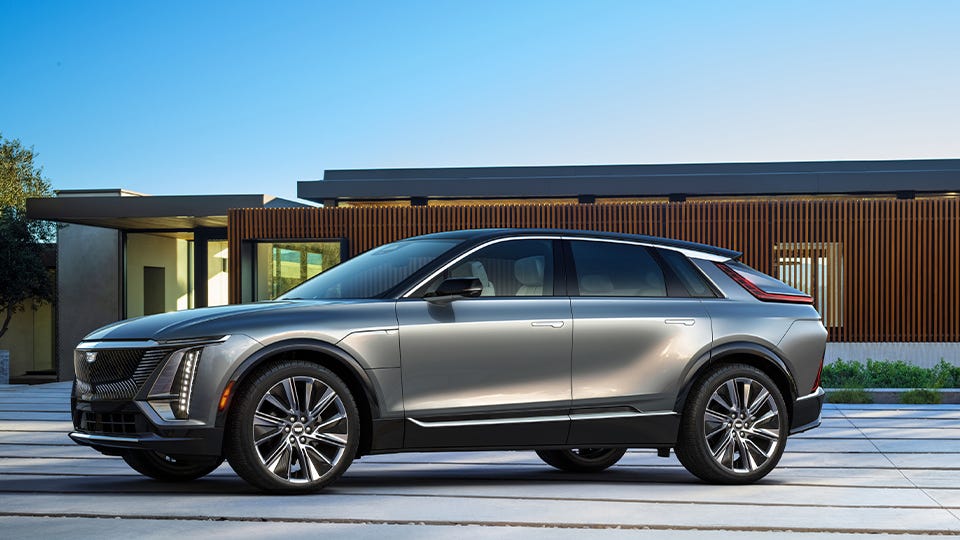General Motors has revealed details of its new Ultra Cruise hands-off technology, which will be launched on the Cadillac Celestiq in 2024. The next-generation advanced driver assistance system has been designed to enable hands-free driving in 95% of driving scenarios, using a unique sensor suite that provides 360-degree visibility.
The system is an upgrade on GM’s predecessor, Super Cruise, and is designed to deliver a “destination to destination” hands-free system thanks to an array of cameras, radars, and lidar sensors. However, the driver must remain engaged at all times, as it is considered Level 2 tech.
See also: Here are trim levels of Cadillac Celestiq based on recently filed trademarks
Safety is the automaker’s top priority, and it has explained in detail what each element of the system delivers. Seven long-range eight-megapixel cameras located on the front, corners, back, and sides of the vehicle allow the system to detect objects such as traffic signs, traffic lights, other vehicles, and pedestrians.
Four short-range radars on the corners are used to help sense a radius of up to 623 feet. Three 4D long-range radars on the front and back allow for Adaptive Cruise Control speeds as well as lane changes at highway speeds and help determine safe stopping distances. The lidar, located behind the windshield, helps produce an accurate three-dimensional view and enables more precise detection of objects and road features, even in poor weather conditions.
Ultra Cruise-equipped cars will work on around 2 million miles of highways at launch, with this set to expand over time to include rural and urban roads. However, access to Ultra Cruise will be reserved for GM’s most premium EVs, and the Celestiq is expected to cost more than $300,000. Despite the high cost, GM aims to build drivers’ confidence in Ultra Cruise by providing consistent, clear operation.
See also: GM’s Cruise Reaches One Million Miles with Fully Driverless Vehicles
Separately, GM confirmed that it aims to cut costs at its self-driving subsidiary Cruise in 2023. Cruise currently has robotaxis operating in San Francisco, Phoenix, and Austin and is developing its own autonomous vehicle, the Origin.
Concern about the cost of AV development is escalating, with Cruise estimated to have lost $5 million a day in the second quarter of 2022. By driving cost out of hardware and software components, GM aims to make autonomous driving more accessible to consumers.

